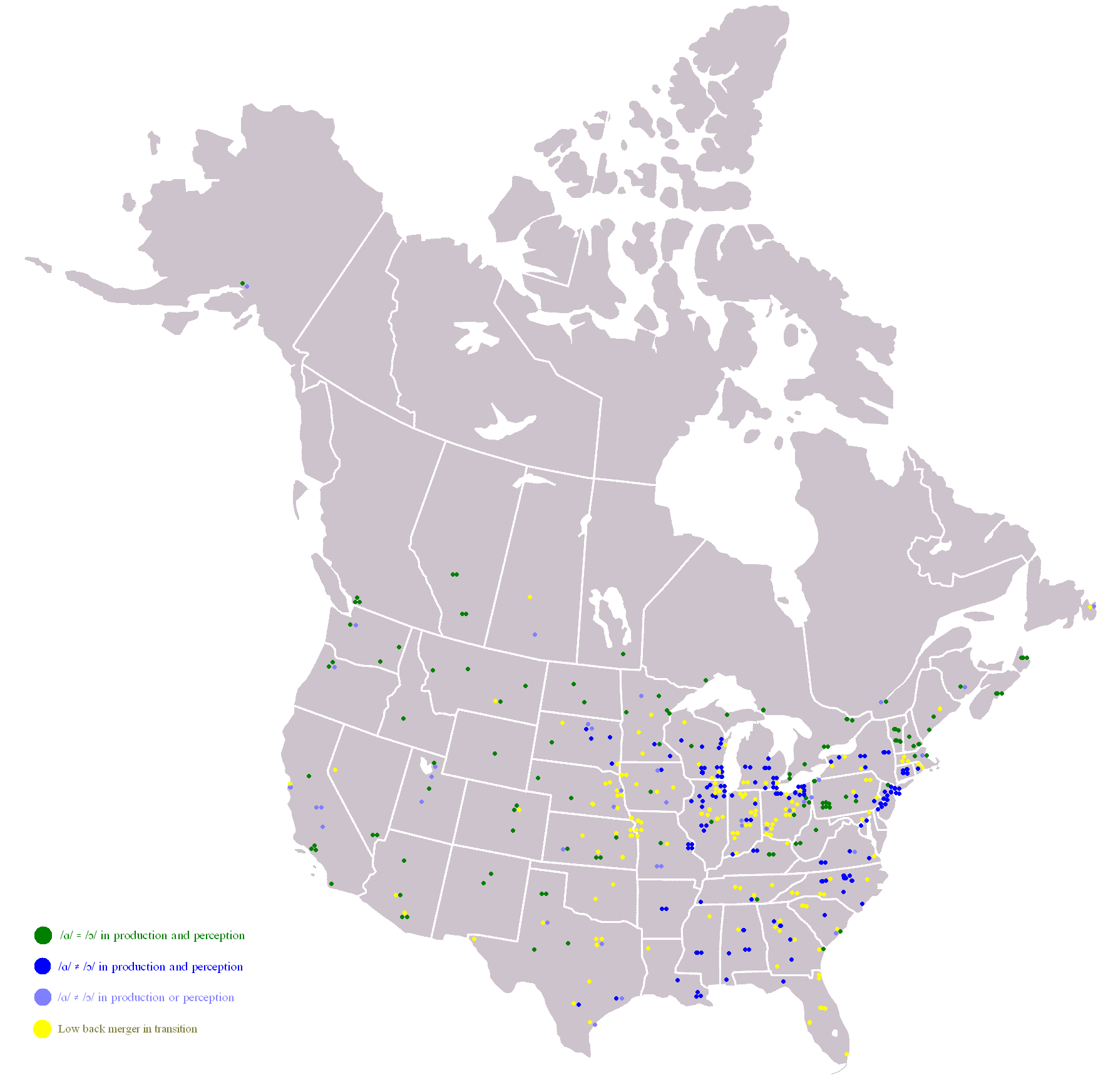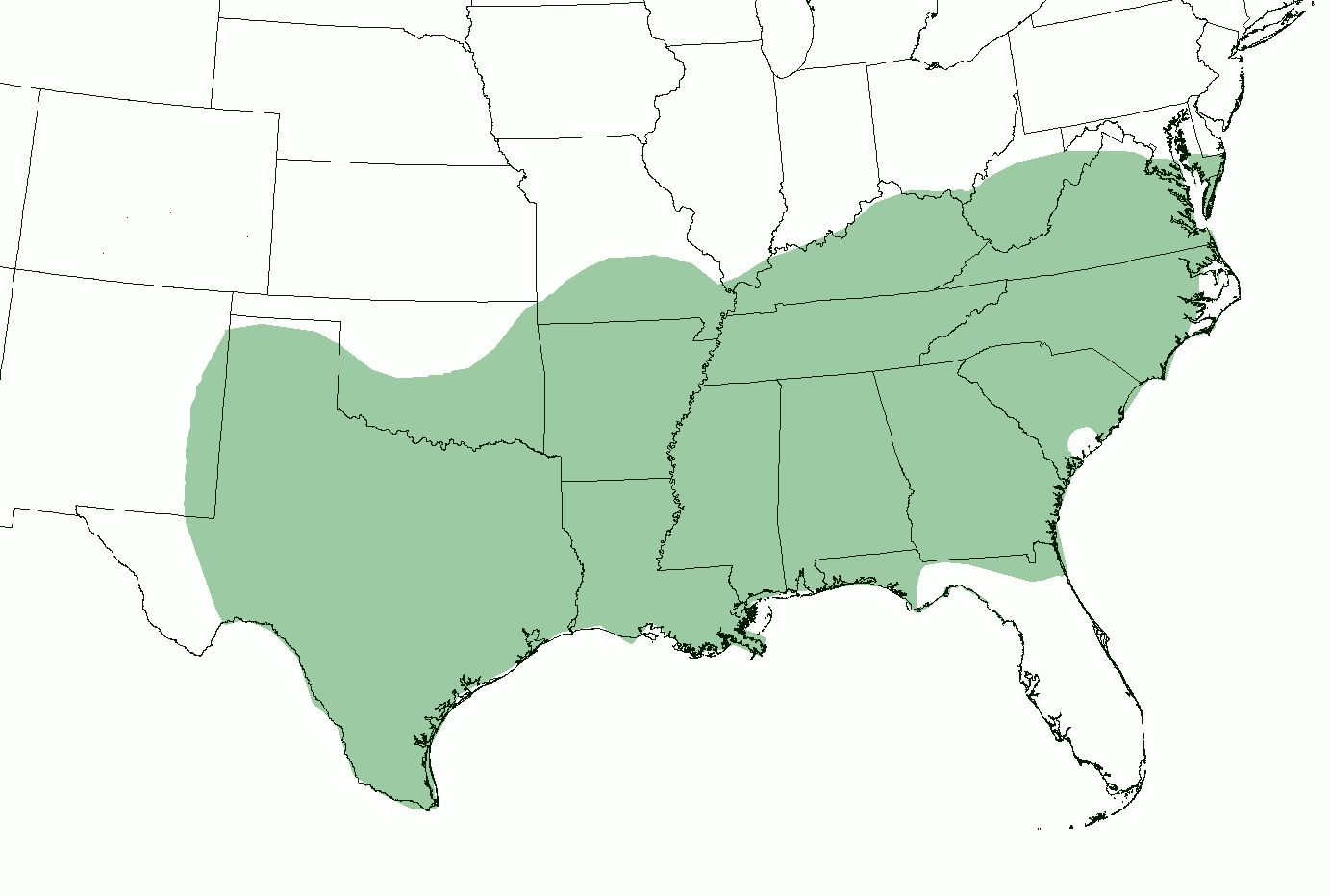|
Atlas Of North American English
''The Atlas of North American English: Phonetics, Phonology and Sound Change'' (abbreviated ANAE; formerly, the ''Phonological Atlas of North America'') is an overview of the pronunciation patterns (accents) in all the major regional dialects of the English language spoken in urban areas of the United States and Canada. It is the result of a large-scale survey by linguists William Labov, Sharon Ash, and Charles Boberg. Speech data was collected, mainly during the 1990s, by means of telephone interviews with individuals in metropolitan areas in all regions of the U.S. and Canada. Using acoustic analysis of speech from these interviews, ''ANAE'' traces sound changes in progress in North American English, and defines boundaries between dialect regions based on the different sound changes taking place in them. ''The Atlas of North American English'' received the Leonard Bloomfield Book Award at the 2008 meeting of the Linguistic Society of America. Findings The Atlas defin ... [...More Info...] [...Related Items...] OR: [Wikipedia] [Google] [Baidu] |
Accent (sociolinguistics)
In sociolinguistics, an accent is a way of Pronunciation, pronouncing a language that is distinctive to a country, Region, area, social class, or individual. An accent may be identified with the locality in which its speakers reside (a regional or geographical accent), the socioeconomic status of its speakers, their ethnicity (an ethnolect), their caste or social class (a social accent), or influence from their first language (a foreign accent). Accents typically differ in quality of voice, pronunciation and distinction of vowels and consonants, stress, and Prosody (linguistics), prosody. Although grammar, semantics, vocabulary, and other language characteristics often vary concurrently with accent, the word "accent" may refer specifically to the differences in pronunciation, whereas the word "dialect" encompasses the broader set of linguistic differences. "Accent" is often a subset of "dialect". History As human beings spread out into isolated communities, stresses and peculi ... [...More Info...] [...Related Items...] OR: [Wikipedia] [Google] [Baidu] |
New England English
New England English is, collectively, the various distinct dialects and varieties of American English originating in the New England area. Most of eastern and central New England once spoke the " Yankee dialect", some of whose accent features still remain in eastern New England today, such as "R-dropping" (though this feature is now receding among younger speakers). Accordingly, one linguistic division of New England is into Eastern versus Western New England English, as defined in the 1939 ''Linguistic Atlas of New England'' and the 2006 '' Atlas of North American English'' (ANAE). The ANAE further argues for a division between Northern versus Southern New England English, especially on the basis of the cot–caught merger and fronting (applying twice, for example, in the phrase ''Park the car''). The ANAE also categorizes the strongest differentiated New England accents into four combinations of the above dichotomies, simply defined as follows: * Northeastern New England Eng ... [...More Info...] [...Related Items...] OR: [Wikipedia] [Google] [Baidu] |
Checked Vowel
In phonetics and phonology, checked vowels are those that commonly stand in a stressed closed syllable; and free vowels are those that can stand in either a stressed closed syllable or a stressed open syllable. Usage The terms ''checked vowel'' and ''free vowel'' originated in English phonetics and phonology. They are seldom used for the description of other languages, even though a distinction between vowels that usually have to be followed by a consonant and other vowels is common in most Germanic languages. The terms ''checked vowel'' and ''free vowel'' correspond closely to the terms ''lax vowel'' and ''tense vowel'' respectively, but many linguists prefer to use the terms ''checked'' and ''free'', as there is no clearcut phonetic definition of vowel tenseness and because by most attempted definitions of tenseness and are considered lax, even though they behave in American English as free vowels. ''Checked vowels'' is also used to refer to a kind of very short glottaliz ... [...More Info...] [...Related Items...] OR: [Wikipedia] [Google] [Baidu] |
Cot–caught Merger
The ''cot''–''caught'' merger or merger, formally known in linguistics as the low back merger, is a sound change present in some dialects of English where speakers do not distinguish the vowel phonemes in "cot" and "caught". "Cot" and "caught" (along with "bot" and "bought", "pond" and "pawned", etc.) is an example of a minimal pair that is lost as a result of this sound change. The phonemes involved in the cot–caught merger, the low back vowels, are typically represented in the International Phonetic Alphabet as and , respectively (in the U.S., co-occurring with the father–bother merger, as and ). The merger is typical of most Canadian and Scottish English dialects as well as some Irish and U.S. English dialects. An additional vowel merger, the father–bother merger, which spread through North America in the eighteenth and nineteenth centuries, has resulted today in a three-way merger in which most Canadian and some U.S. accents have no vowel difference in words like ... [...More Info...] [...Related Items...] OR: [Wikipedia] [Google] [Baidu] |
Western American English
Western American English (also known as Western U.S. English) is a variety of American English American English, sometimes called United States English or U.S. English, is the set of variety (linguistics), varieties of the English language native to the United States. English is the Languages of the United States, most widely spoken lan ... that largely unites the entire Western United States as a single dialect region, including the states of California, Nevada, Arizona, Utah, New Mexico, Colorado, and Wyoming. It also generally encompasses Washington (state), Washington, Oregon, Idaho, and Montana, some of whose speakers are classified additionally under Pacific Northwest English. The Western United States, West was the last area in the United States to be reached during the gradual westward expansion of settlement by English speakers and its history shows considerable mixing and dialect levelling, leveling of the linguistic patterns of other regions. Therefore, since th ... [...More Info...] [...Related Items...] OR: [Wikipedia] [Google] [Baidu] |
Midland American English
Midland American English is a regional dialect or super-dialect of American English, geographically lying between the traditionally-defined Northern United States, Northern and Southern United States. The boundaries of Midland American English are not entirely clear, being revised and reduced by linguists due to definitional changes and several Midland sub-regions undergoing rapid and diverging pronunciation shifts since the early-middle 20th century onwards. It is seen as a linguistic "middle region" of American English. Today, these general characteristics of the Midland regional accent are firmly established: fronting (phonetics), fronting of the , , and vowels occurs towards the center or even the front of the mouth; the cot–caught merger is neither fully completed nor fully absent; and æ tensing, short-''a'' tensing evidently occurs strongest before nasal consonants. The currently-documented core of the Midland dialect region spans from central Ohio at its eastern extre ... [...More Info...] [...Related Items...] OR: [Wikipedia] [Google] [Baidu] |
Southern Vowel Shift
Southern American English or Southern U.S. English is a regional dialect or collection of dialects of American English spoken throughout the Southern United States, though concentrated increasingly in more rural areas, and spoken primarily by White Southerners. In terms of accent, its most innovative forms include southern varieties of Appalachian English and certain varieties of Texan English. Popularly known in the United States as a Southern accent or simply Southern, Southern American English now comprises the largest American regional accent group by number of speakers. Formal, much more recent terms within American linguistics include Southern White Vernacular English and Rural White Southern English. History and geography A diversity of earlier Southern dialects once existed: a consequence of the mix of English speakers from the British Isles (including largely Southern English and Scots-Irish immigrants) who migrated to the American South in the 17th and 18th cen ... [...More Info...] [...Related Items...] OR: [Wikipedia] [Google] [Baidu] |



